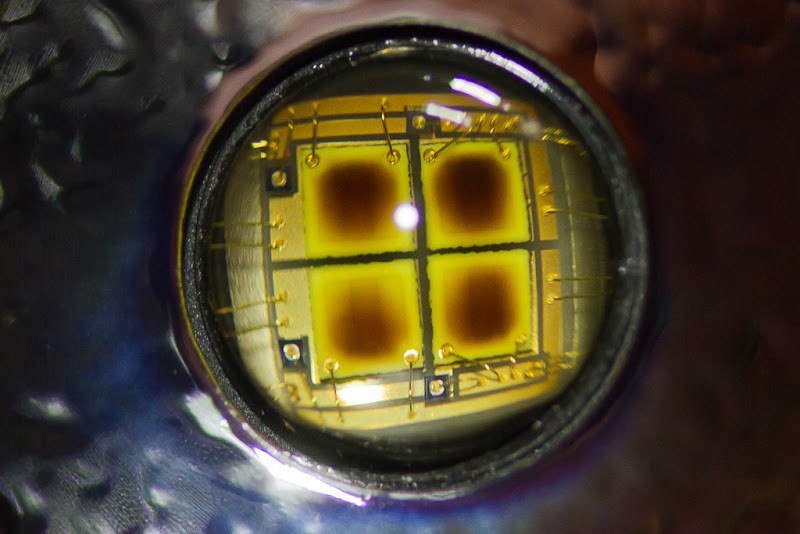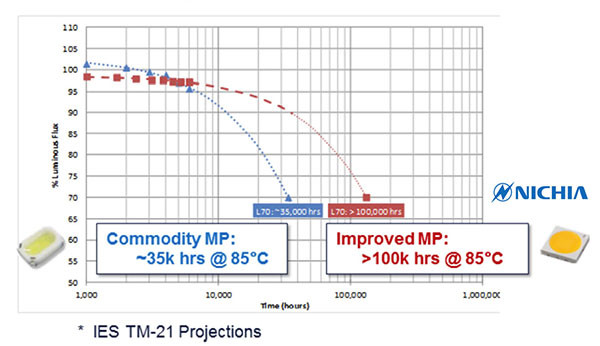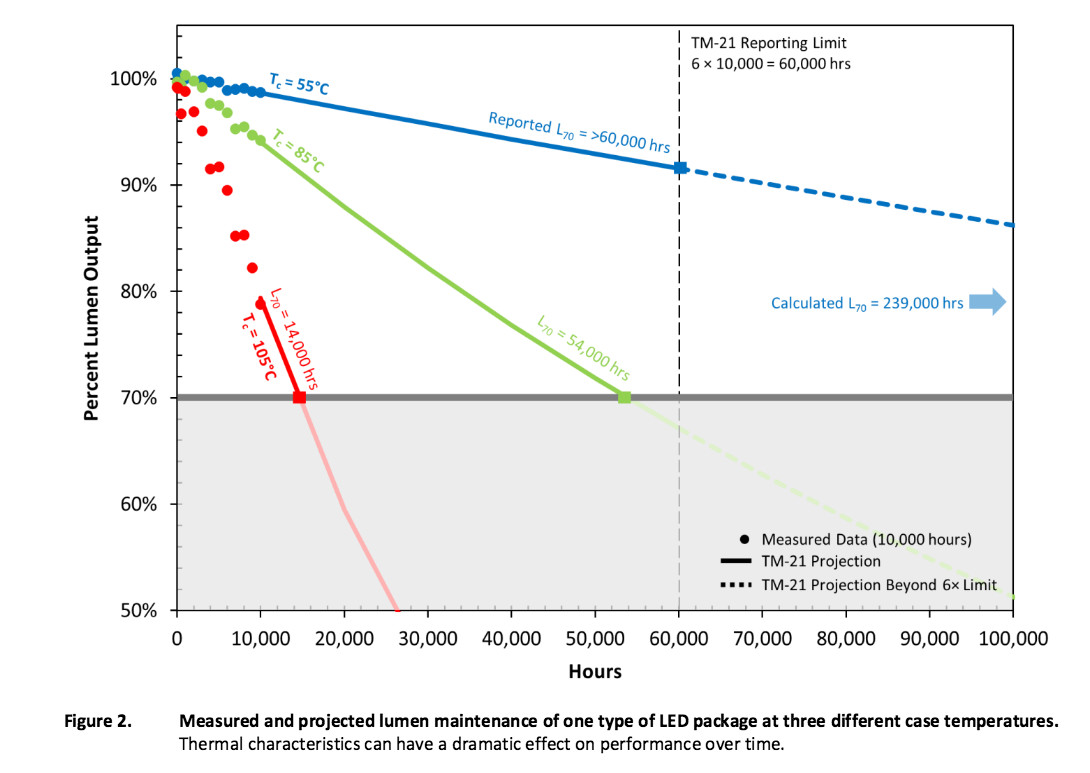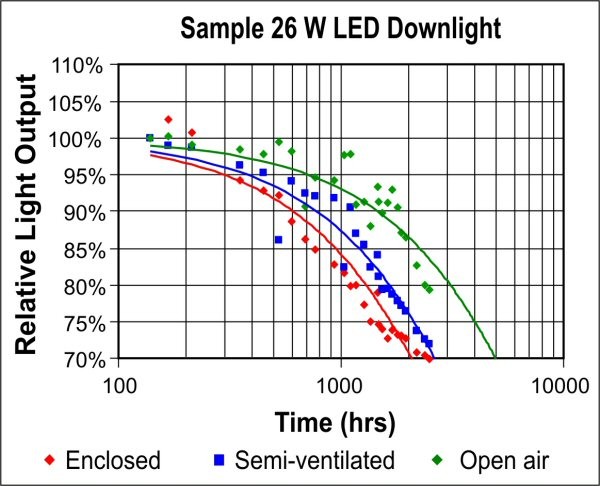Ensuring LED Longevity and Performance: Understanding the Impact of Temperature
- By Ledrise Led Professional
- Jul 29, 2020

LED lamps, modules, and fixtures are sensitive to high operating temperatures, which can result in mechanical failure or significant performance degradation. The way an LED reacts to high temperatures is directly related to its quality. High-quality LEDs from manufacturers like Nichia and Cree maintain their performance parameters in extreme temperatures, while low-quality LEDs may break down, change color, lose brightness, or experience a combination of these issues.
This article will discuss the importance of operating LEDs within the temperature limits specified by the manufacturer and explain the consequences of exceeding these limits. We will also provide insights into why Nichia LEDs were chosen for most of our strips, highlighting their superior resistance to high temperatures.
- Complete Failure of the LED
Most materials that compose an LED do not withstand high temperatures. When the "weakest link" reaches its breaking point, the LED fails, which can often be visually identified, as in the case of a damaged 4-chip LED.
- LED Light Output Decrease: Permanent Lumen Degradation
Before the "weakest link" inside an LED reaches its breaking point, the other materials can suffer gradual and permanent changes that lower the LED's light output. To illustrate this, let's compare an LED to automobile tires. As the tire materials experience wear and tear, the car's braking efficiency and road grip diminish.
LED lamps or fixtures should be replaced when their light output has degraded by 30%, which is referred to as "L70." This term signifies the LED's lifetime, not the moment the LED fails completely. LED lifetime can range from a few thousand hours to over 200,000 hours, depending on the operating temperature, material quality, and LED package design.
To the surprise of some, LED lifetime can be as little as 2000 hours in some cases.
- Light Output Decrease: Temporary Performance Loss at High Temperatures
Temperature not only influences LED lifetime but also its immediate performance. Similar to how tire performance changes with temperature, LED performance has a temperature-dependent relationship. However, unlike tires, LEDs do not have a standard temperature value. Instead, the LED package design and material quality determine this threshold.
At 75°C, for example, an LED's performance can be 5% to 70% less than what is specified in the datasheet.
- Color Temperature Changes in White LEDs
Temperature also affects the color temperature of white light. Poor quality materials or flawed designs can lead to permanent color temperature shifts when exposed to high temperatures, resulting in white light that appears almost blue.
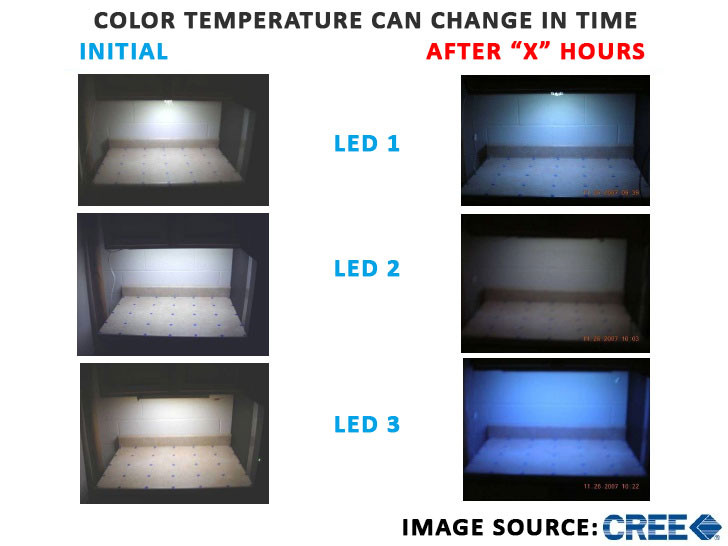
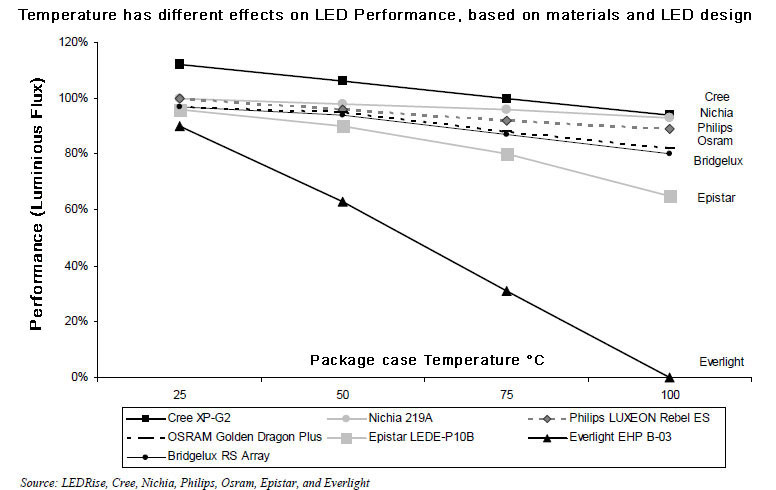
An example that shows effects 2, 3 and 4:

Understanding the impact of temperature on LED performance and longevity is crucial for maximizing the benefits of LED lighting. By choosing high-quality LEDs and operating them within the manufacturer's specified temperature limits, you can maintain optimal performance and extend the lifetime of your LED lamps, modules, and fixtures.
